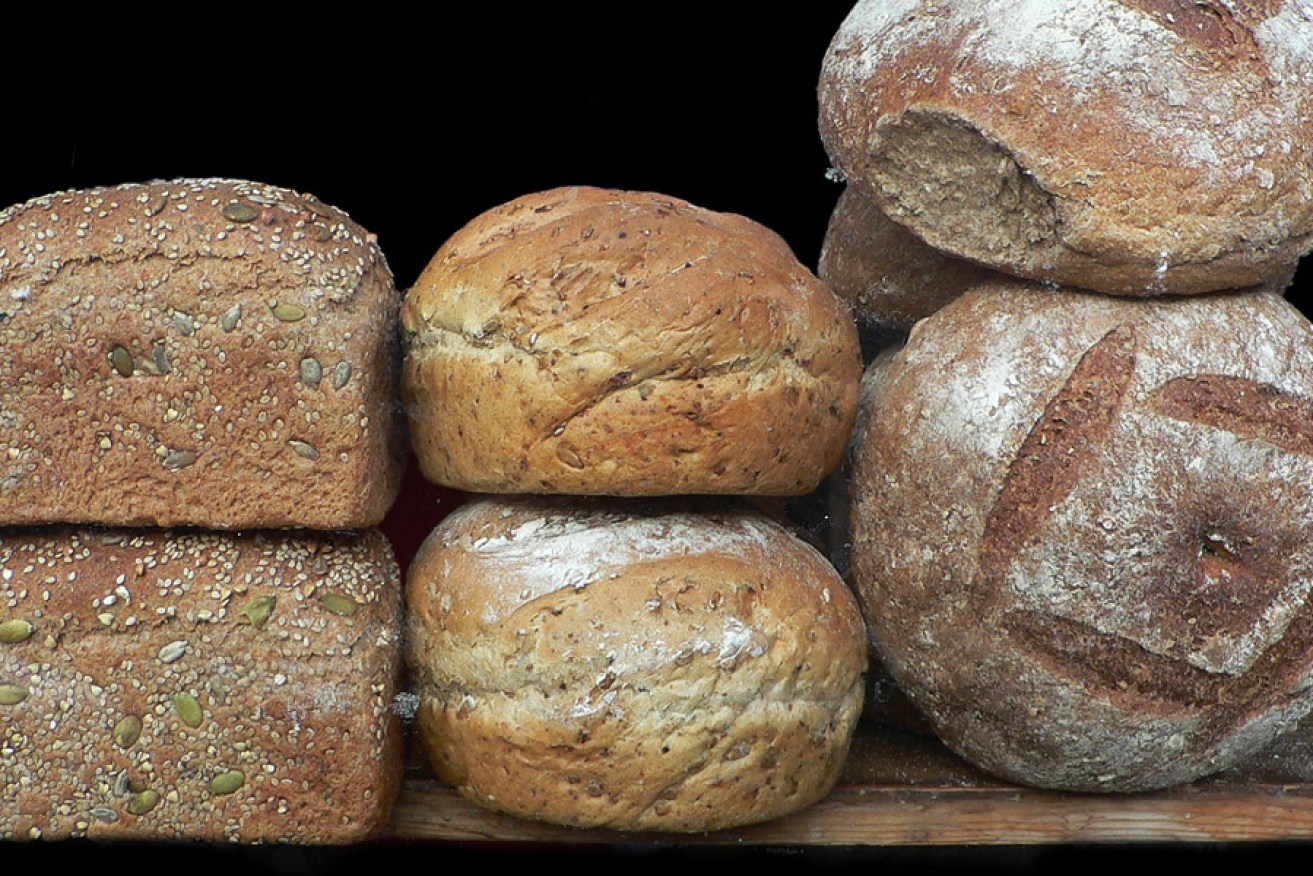Bread gets a very bad “wrap” (pun intended) – and unfairly so, it seems.
Women, in particular, think bread is a big no-go, according to new research commissioned by Bakers Delight. Almost half (43 per cent) of the women surveyed steer clear of the bakery when trying to lose weight, and one in five feel guilty when biting into a tasty sandwich or scrumptious piece of toast.
Survey site Pure Profile’s national study of 1005 women aged 25 to 65 also found that 53 per cent of those who filled out the survey are confused by what constitutes “healthy” bread.
This poor reputation is undeserved, according to nutrition experts.
There is simply no need to feel guilty about biting into a delicious loaf, bagel or bun, provided you eat the right type in the right amount.
Why the bad press?
Food and Nutrition Australia director Sharon Natoli says the idea that bread is the enemy of our waistlines is a myth spread by popular low-carb diets like Atkins.
While it is true that bread is a major source of carbohydrates, this is a necessary food group, she says.
“There is nothing specific about bread, versus say oats or barley or pasta or other kinds of grain foods, that makes it a food that is somehow going to make you gain weight if you eat one slice a day.
“People have developed a bit of a misunderstanding that bread on its own is going to make you gain weight, which is not the case.”
You might be bloated, not fat
The serving sizes of many grain-based foods, such as sandwiches and pasta, are often over-sized by default, which Natoli says leaves many people feeling bloated after eating.
Gigantic tablecloth-size pieces of bread may leave you feeling portly, but may not actually be affecting your waistline in the long term.
Foods that are heavy on carbs, like bread, also cause you to retain water weight, which quickly drops away when you eat less, contributing to the myth that quick weight loss is a reduction in fat.
You’re missing out
If you cut out bread and do not replace it with some other source of grain, then it is possible that you will be deficient in some crucial nutrients, according to Natoli. For example, thiamin (vitamin B1), which helps release energy from other sources of food, is difficult to find outside of bread.
Bread can also be a good source of fibre, iron and magnesium (needed for bone strength and muscle function).
But gluten is bad, right?
Natoli says the idea that gluten is bad for everyone sorely needs correcting.
For those with a gluten intolerance or allergy, then gluten-free is the only option. But for everyone else, gluten-free is a bad idea, Natoli says, because these bread substitutes are made with things like flour and potato starch, which are “really low” in nutrients.
Healthy Energy’s Sarah Leung, an accredited practicing dietitian, agrees that gluten is not always a reason to cut out bread altogether.
“Obviously, if you experience any symptoms that you think could be related to bread or gluten, definitely seek professional help, but otherwise, bread can definitely be part of a healthy diet along with other nutritious foods if you choose the right type,” Leung says.
So which bread is best?
According to Leung, the best type of bread is:
- • wholegrain;
- • low in sodium (less than 300 milligrams per 100 grams);
- • high in fibre (more than 6.5 grams per 100 grams);
- • high in protein.
And it should be eaten in moderation.
Food and Nutrition Australia’s Sharon Natoli also recommends looking for added seeds and grains.
This article was first published on The New Daily.






